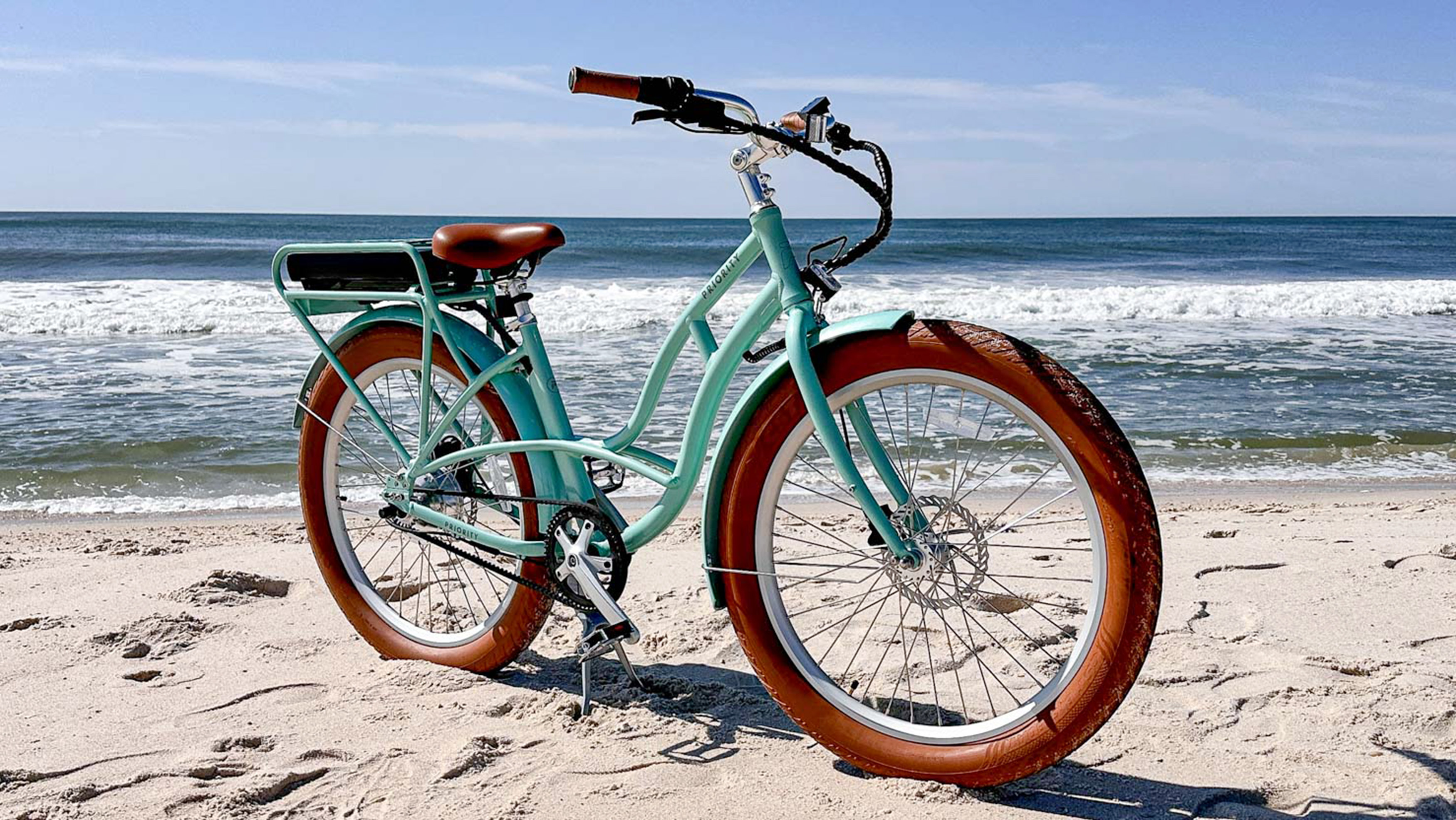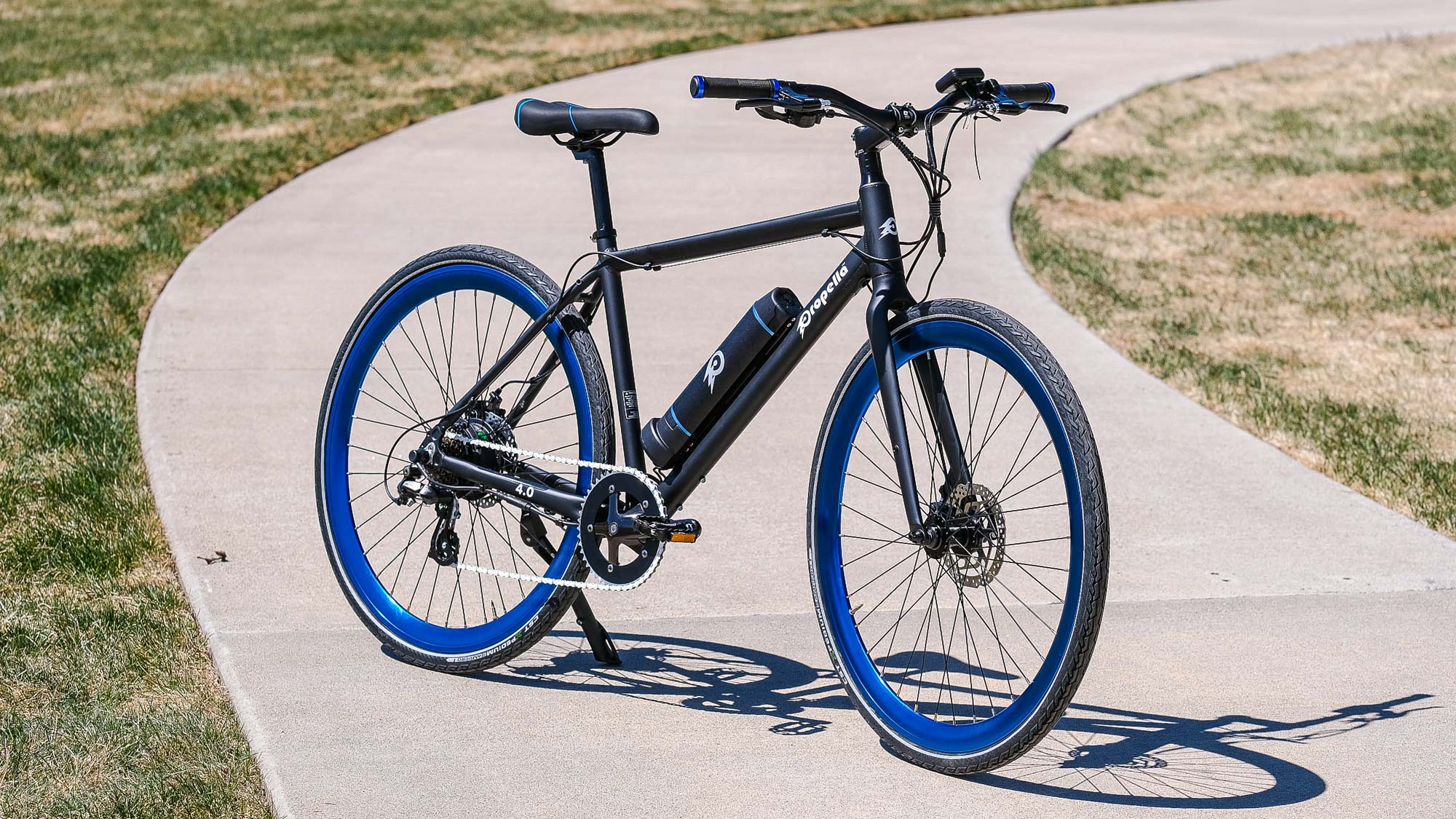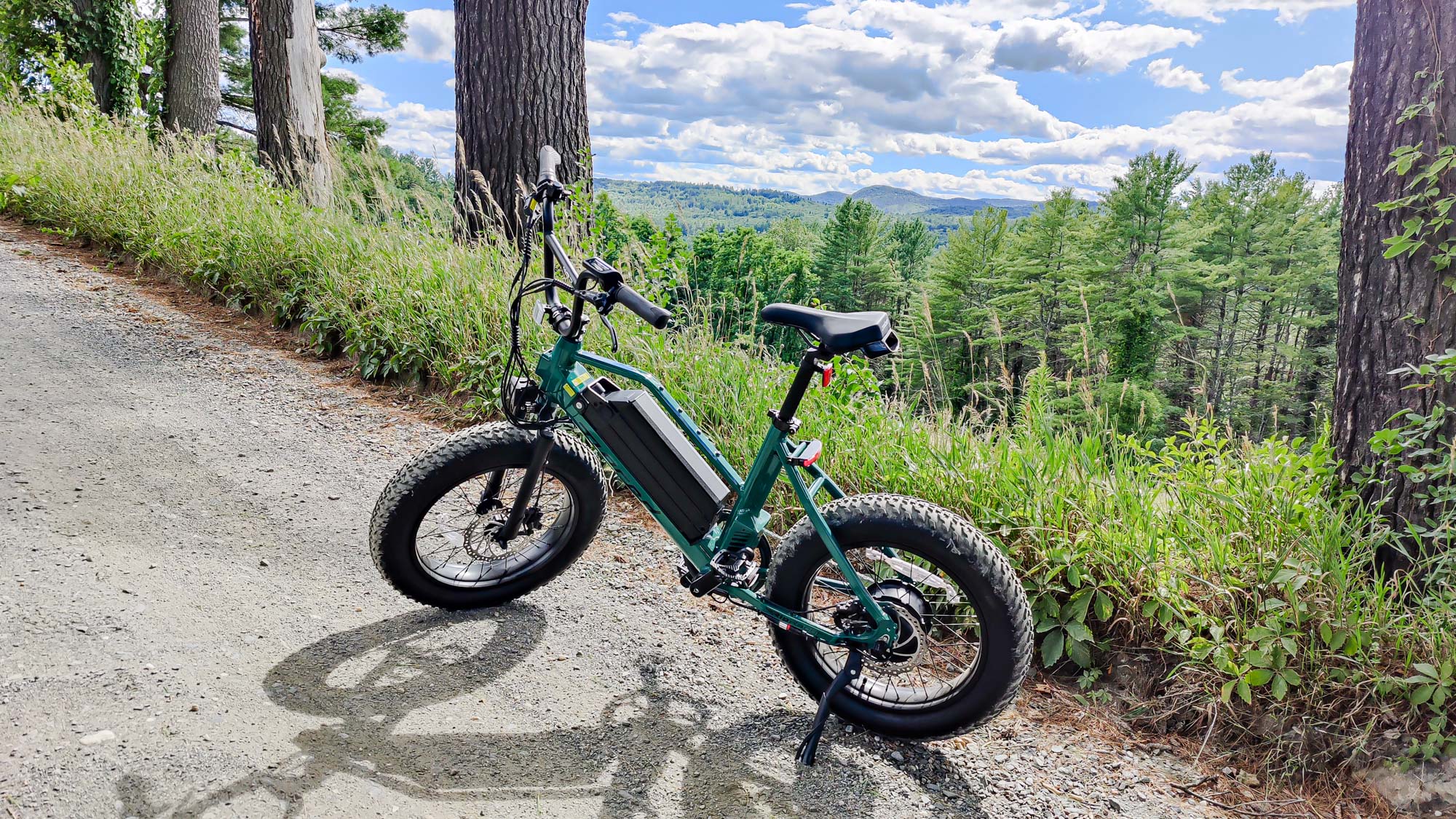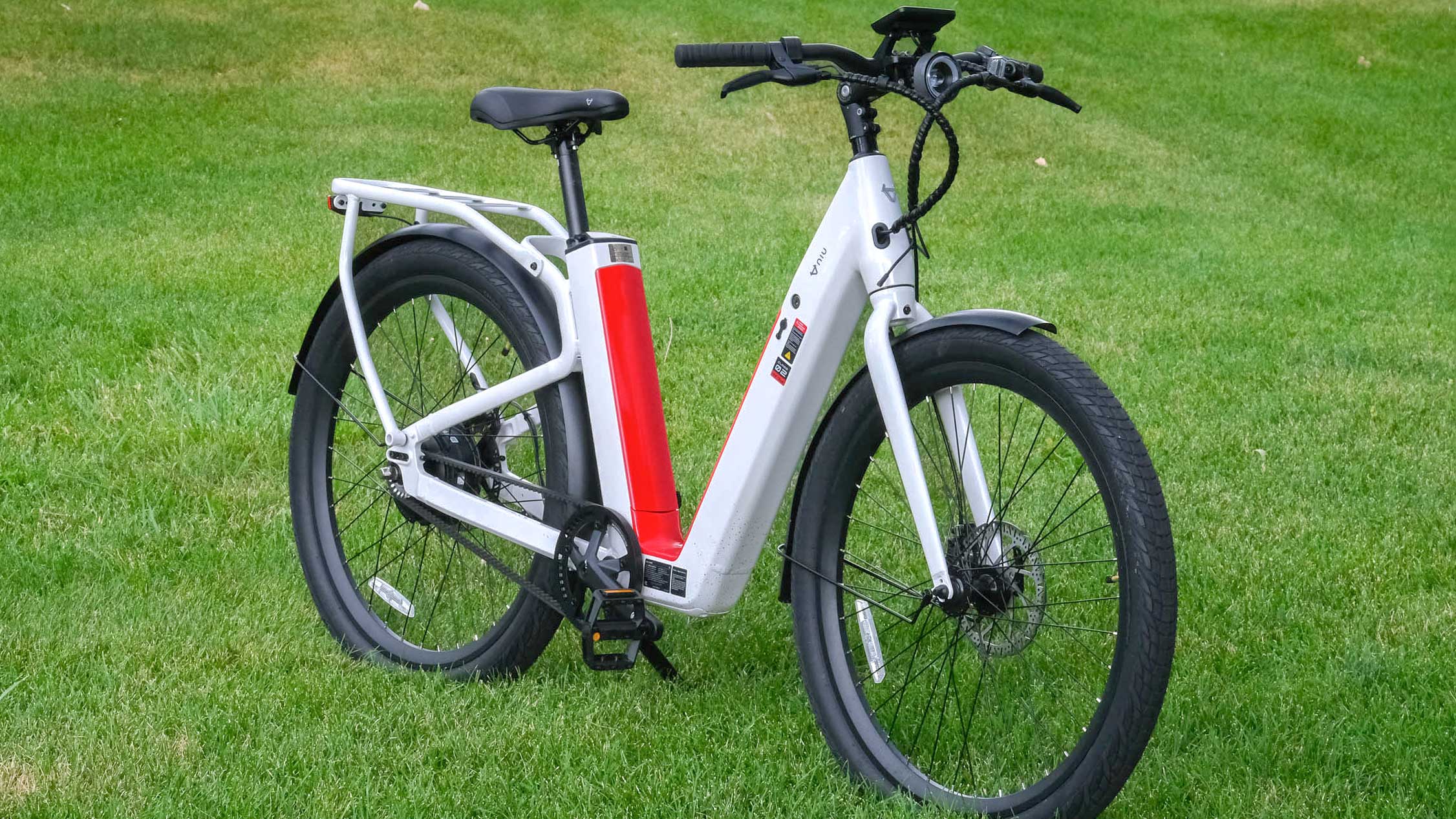
When shopping for your first ebike, it's easy to be overwhelmed by specs, features, and industry jargon. Even if you narrow the selection to a handful of the best ebikes, there's much to consider beyond price and brand.
To ensure your new electric ride meets or exceeds your needs and expectations, these are the five most important factors to consider when shopping for your first ebike.
1. Speed and power
How fast do you plan on cruising and how much do you plan on peddling?
There are three classes of ebikes. Class 1 models — best for first-time ebike owners — offer a top motor-assisted speed of 20 mph and require the rider to peddle for the motor to stay engaged. These bikes are among the most affordable of the three classes, and you can ride them nearly anywhere you would a regular bike, without restriction.
Class 2 models are similar to class 1 with one exception: you don't need to peddle for the motor to power the bike. The top electric-assisted speed is still 20 mph, though. And, while there are some localized restrictions on this class, by and large, they are allowed most places Class 1 ebikes are.
Class 3 ebikes are best for hardcore commuters, couriers and anyone who needs to move about quickly in an urban environment, offering a maximum motor-assisted top speed of 28 mph. Most cities allow Class 3 ebikes on streets but often not on sidewalks or shared-use paths. Similarly, most mountain bike trails restrict this class.

Beyond the class rating, motor power also matters. And the higher the motor's wattage, generally speaking, the peppier the motor. For example, a 750W motor will accelerate faster than a 500W one.
2. Range
Ebikes come with an advertised range, but just how accurate are those numbers? The answer is, not very. You know how your smartphone battery never seems to last as long as advertised, nor does your laptop or tablet? The same goes for ebikes.
Ebike battery range ratings are based on the most ideal of circumstances and often don't account for real-world factors like slowing down for stop signs and traffic lights or elevation gain. So take these ratings with a major grain of salt. And, when in doubt, opt for the ebike with the furthest range you can afford.

Ebike battery capacity is measured by the watt-hour and a higher number indicates a greater capacity. For instance, a 750 Wh battery will allow you to travel further with the e-assist than a 500 Wh battery, assuming both are paired with the same motor and rider.
Some ebike have swappable batteries, allowing riders to carry a backup, while others have the battery built-in. The former can be handy for especially long-distance rides. However, this style of ebike is more susceptible to battery theft,
Lastly, battery charge time is worth a thought. Higher-end models often charge up quicker, some as fast as two hours. So, if you're running low on juice — assuming you brought the charger — you can easily pop in somewhere for a coffee/pint and a quick charge-up.
3. Weight and frame type
One downside of higher-capacity ebike batteries is that they tend to be quite heavy, so if you run out of juice, you may find it difficult to manually power yourself back home, especially if hills are involved in the route.
Excluding high-end carbon-fiber models, most modern ebikes weigh anywhere from 30 pounds up to 75 pounds or more. Lighter models usually have aluminum frames, while heftier ones are often steel. The advantage of the latter is that steel frames tend to absorb bumps better than aluminum ones, leading to a comfier ride.

4. Style and design
Just like traditional bikes, ebikes come in an enormous range of styles to suit all tastes. So, it's important to ask yourself, "What riding position am I most comfortable in and what terrain do I plan on cruising?"
For a more casual, upright ride, consider an ebike with a step-through frame, like the Radpower RadRunner 3. For a more aggressive riding experience, stick with a standard frame ebike, like the Ride1Up Roadster V2.
For urban environments, commuter-style ebikes tend to be the lightest and most maneuverable. However, if other forms of transit are involved in your commute, a folding ebike may suit you better.
For a mix of pavement and gravel/dirt riding, a hybrid ebike, with wide tires, is a great choice. However, for the ultimate go-anywhere ebike, opt for a fat-tire model. On the other hand, if you're just in it for the thrill of the ride, a cruiser-style ebike may be your ticket.

5. Reliability
Lastly, you want your shiny new ride to last the long haul, which is why it's important to buy from a reputable brand with a positive customer track record. This is especially true when it comes time to perform warranty maintenance or if you need to replace parts.
However, this doesn't mean you should avoid affordable ebike models — here are the six best budget ebikes available now, all tested and approved by our TG ebike experts —just be sure to research your brands of choice before buying. And when in doubt, ask the folks at your local bike shop for recommendations.
By the way, it's not unusual for the ebike, battery and motor to have separate warranties. And often, the battery will need replacing before the other major components (excluding tires, brake pads, etc.). The best ebikes offer at least a one-year warranty on their battery if not two or three.
Shopping for your first ebike – other considerations
Other factors to consider when shopping for your first ebike include the quality and style of components (including, brakes, tires, handlebars, etc.), any built-in accessories (like lights, mirrors or a rack) and ease of maintenance over its lifetime. But these are topics for another explainer.
Until then, good luck on your ebike journey, and happy riding. I'll see you out there.







